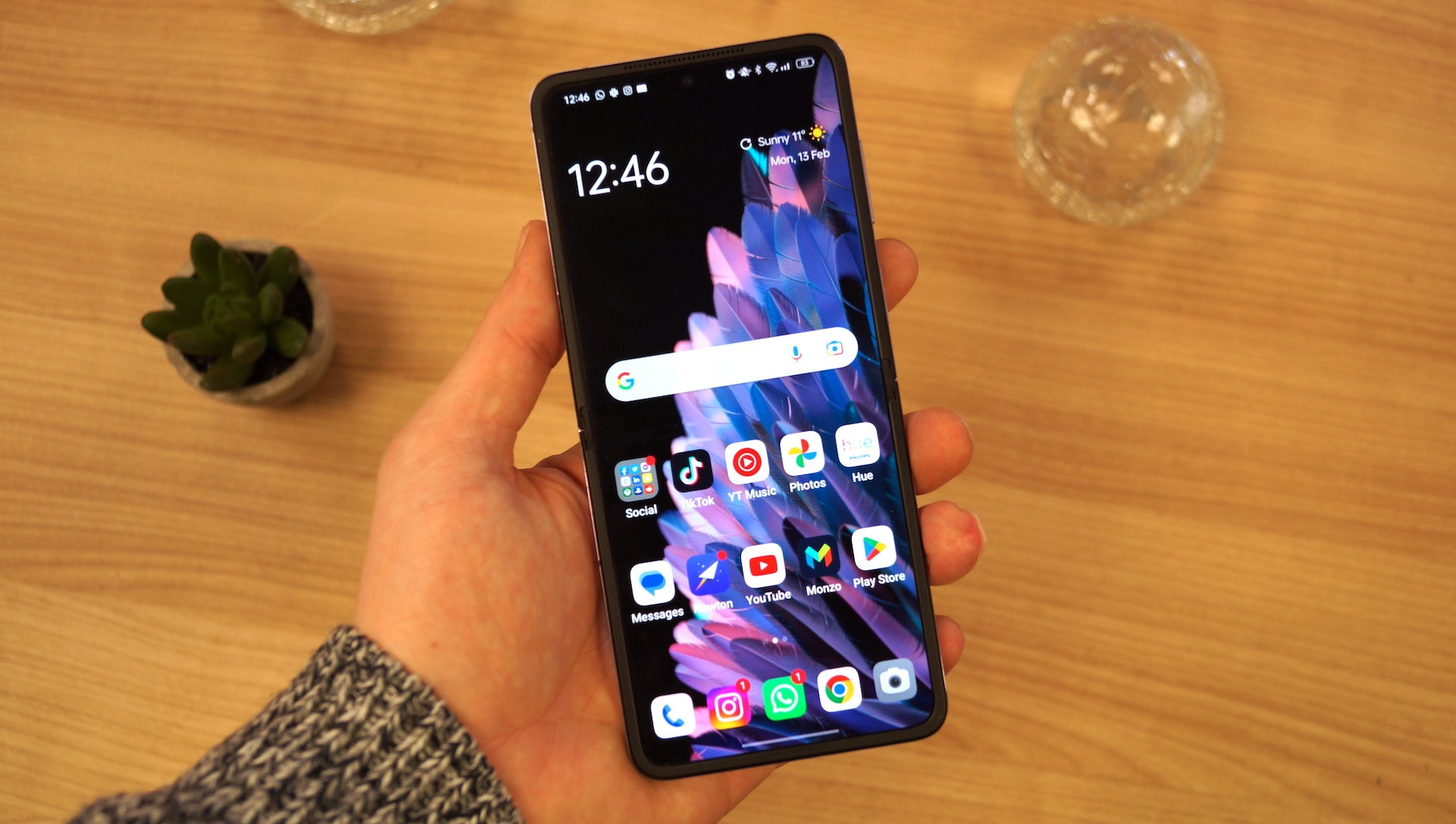Google Pixel 7a vs OnePlus 11: Can a mid-ranger beat a flagship?
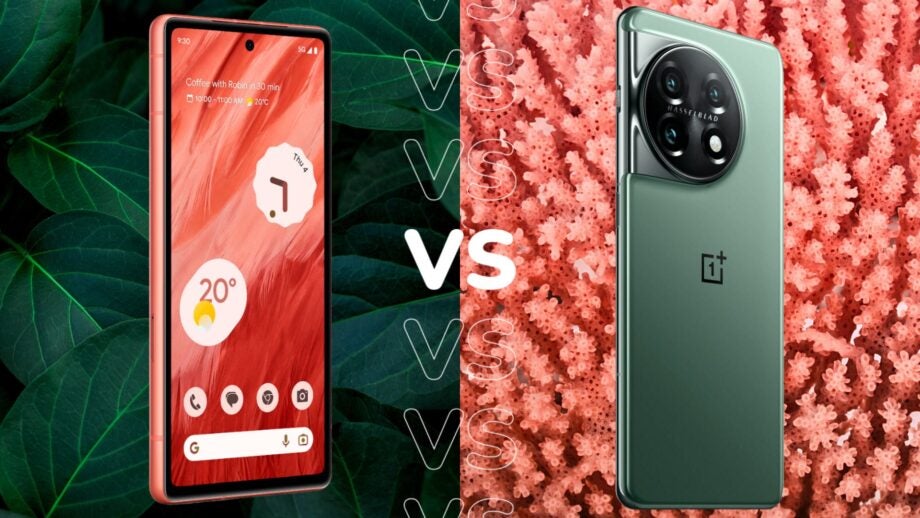
The announcement of the Pixel 7a has made us wonder how it will stack up against other popular handsets on the market, even those that cost hundreds more than Google’s budget option.
Google finally announced the Pixel 7a during the Google I/O event. It comes with the Google Tensor G2 chipset and features a dual-camera setup with a 64-megapixel main camera, all for under £450/$500.
We’re going to be running through some of the main differences between the Pixel 7a and the flagship OnePlus 11, so you can decide which handset is best suited to your needs.
OnePlus 11 is more expensive
The Pixel 7a is the most affordable handset within the Pixel 7 lineup, in the same vein as the Pixel 6a in the Pixel 6 series. The Pixel 7a has a starting price of £449/$449/€509.
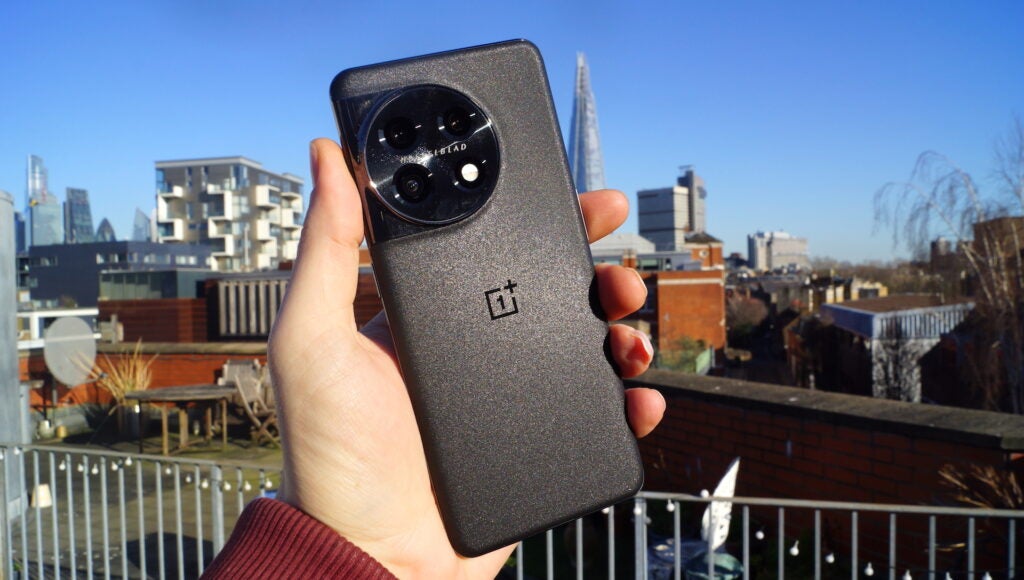
The OnePlus 11 is a lot more expensive in comparison, with a starting price of £729/$699/€849. This makes it the least accessible out of the two in terms of pricing, but it can be argued that the OnePlus 11 has more features than the Google alternative.
Get the Pixel 7 Pro on contract for £750
This deal gives you a Pixel 7 Pro on a generous two year contract for £100 less than the phone costs outright.
- Mobiles.co.uk
- £79 up front
- £27.99 a month
Pixel 7a does not have a variable refresh rate
The Pixel 7a comes with a 6.1-inch FHD (1920×1080) OLED display. The screen has up to a 90Hz refresh rate, with the lowest refresh rate being 60Hz. Having adaptive refresh rates allows for the display to refresh itself according to each use case, with higher refresh rates being useful when users are scrolling through apps or watching video content, and lower refresh rates helping to conserve battery.

The OnePlus 11 beats out the Pixel 7a in this category, boasting a 1-120Hz refresh rate. Not only will a 120Hz refresh rate provide a smoother experience, but the fact it can drop down to as low as 1Hz should make the OnePlus 11 more adept at preserving battery life. The screen itself is 6.7 inches with a QHD+ (3216×1440) resolution, making it not only larger but more crisp due to the higher amount of pixels.
OnePlus 11 has more camera sensors
The Pixel 7a has a dual-camera setup, with a 64-megapixel main sensor and a 12MP ultra-wide sensor. Google claims that the main sensor has a 72% larger sensor than the Pixel 6a, with the Tensor G2 chip offering up AI smarts. It comes with well-known features like Magic Eraser and Photo Unblur as well as Real Tone technology, which ensures that all skin tones are accurately portrayed in photos and videos.
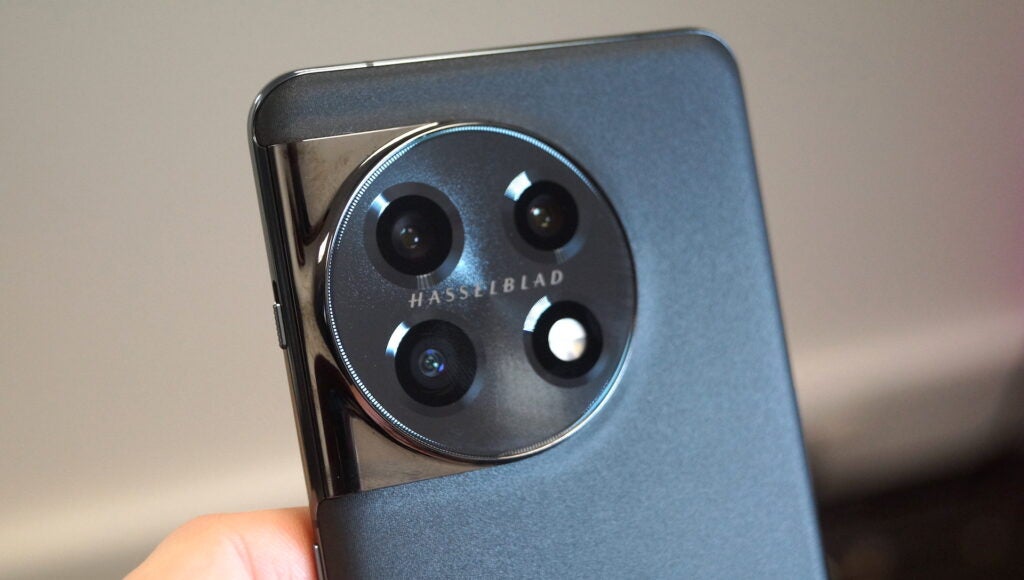
The OnePlus 11 has a wider range of camera capabilities, including a 50-megapixel main camera, a 48MP ultra-wide sensor and a 32MP portrait tele sensor. We found this camera trio to be very capable, with impressive results in low-light conditions. It captured a lot of light and detail, although we did find that it had some difficulty focusing in some environments.
Pixel 7a comes in more colourways
The Pixel 7a comes in four colours, including Charcol, Snow, Sea and Coral. It has the same core design as the Pixel 7, with a metallic camera bar that matches the colourway of the phone itself.
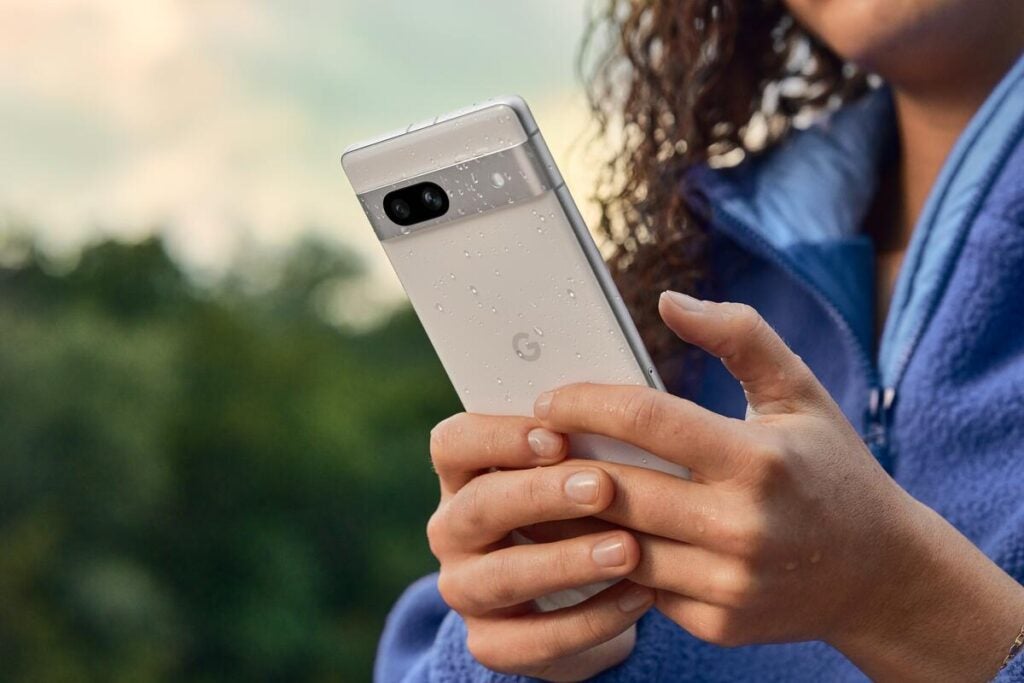
The OnePlus 11 has a sleek design, with a stainless steel camera housing on the rear. It can be found in Eternal Green and Titan Black, with the latter having a slight sparkle and the former looking more refined.



